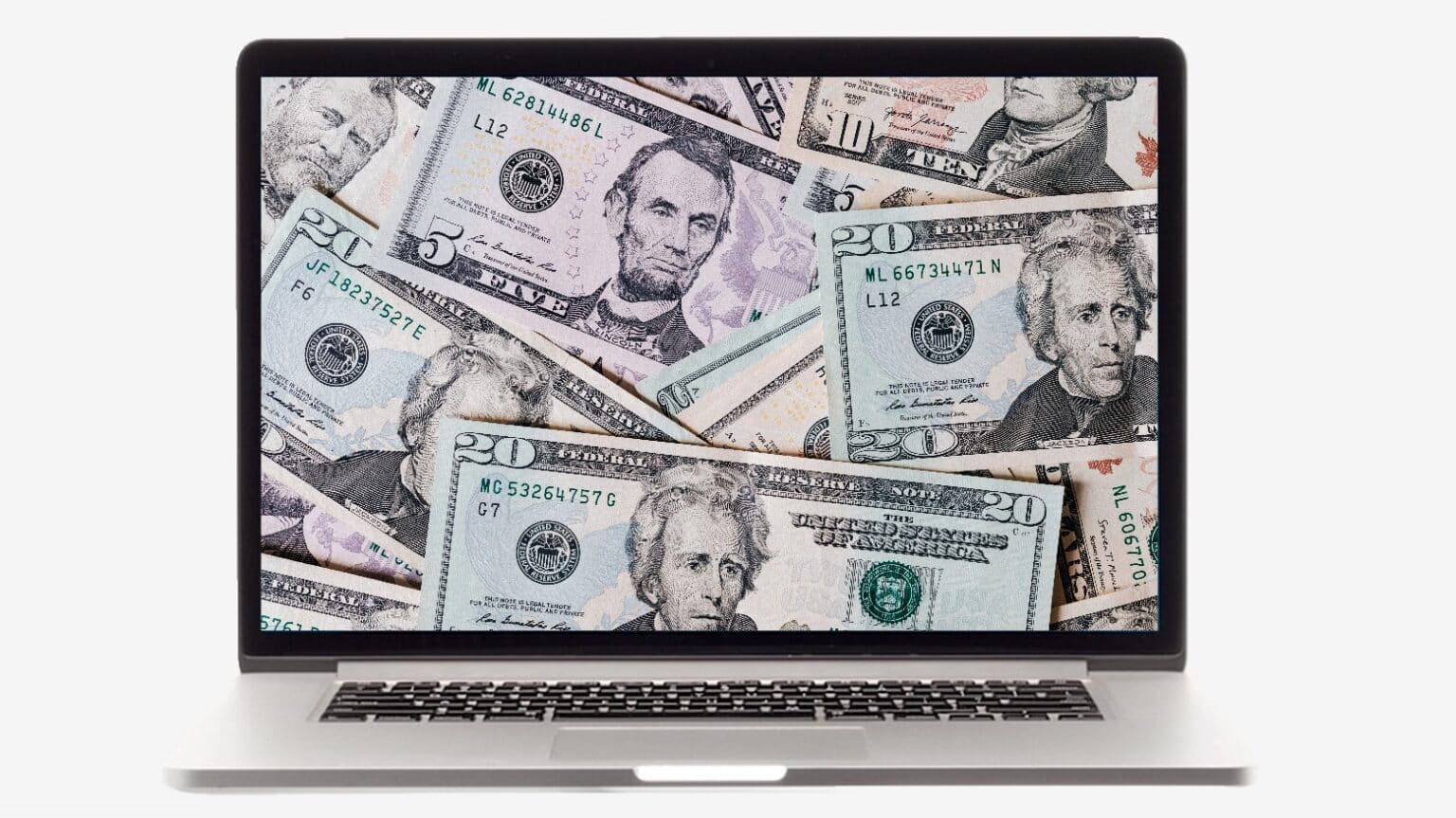Two monumental events happened this week. Apple became the first U.S. company to be worth an astonishing $3 trillion. And a day later came the official end of BlackBerry — a series of phones that once dominated the market.
The collapse of BlackBerry is proof that today’s winners aren‘t inevitably tomorrow’s. While in the coming years Apple could become the first company to reach $4 trillion, it also could start down a path that ends in failure.
Here’s some of what Apple will do so it doesn’t end up like BlackBerry.
Keep up with what customers want
There’s no one single reason why BlackBerry ended up on the rubbish heap. Plenty of mistakes were made. But one of the most important was not successfully following device trends.
BlackBerry-maker Research In Motion built its business with phones that had smaller displays and physical keyboards. But the success of the iPhone demonstrated that larger-screen phones are what customers want. BlackBerry didn’t, or couldn’t, make the switch. Its attempts to keep up fumbled, so it mostly stuck with variations on its familiar designs. Until it was too late.
Apple won’t follow that path. While Cupertino has a history of setting trends, it doesn’t ignore what buyers want. That almost certainly means including folding screens in future iPhone versions. Fortunately, there’s plenty of evidence that the company is moving that direction.
There’s some vocal resistance to a folding iPhone. But a decade or so ago, there were also loads of people who swore they’d never buy a phone that didn’t have a physical keyboard, and look how that turned out.
And that’s just the most obvious change. Expect Apple to mix breaking new ground with following device trends on its way to $4 trillion.
Not screw up
In the wake of the iPhone release, BlackBerry tried hard to stay competitive. Its solution was the BlackBerry Storm, its first phone with a large screen in place of a keyboard. Too bad it was a buggy mess.
Apple has lasted a very long time — another big event this week was the 45th anniversary of its incorporation. While Apple certainly made its share of mistakes over the decades, it also managed to fix them before they took the company down.
Perhaps Apple’s most existential threat now is its inability to launch bug-free macOS and iOS versions. One result is sluggish adoption of iOS 15. If the problem continues, Cupertino will be in trouble.
Fortunately, the solution is obvious, if not easy to accomplish. And the problem only got bad a couple of years ago, so it’s hardly unfixable. Surely Apple CEO Tim Cook and software VP Craig Federighi are on it.
Apple has a long history of making very compelling notebooks, laptops, phones, tablets and more. Much of what it has to do is stay the course to keep the company strong.
Take big leaps
One of the nails in BlackBerry’s coffin was the BlackBerry Playbook, its attempt to break into the tablet market. Unfortunately, this device couldn’t compete with iPad.
Apple is also going to get into new markets on its way to a $4 trillion valuation. That’s expected to start in 2022 with a VR/AR headset. That reportedly will be followed in another couple of years with a pair of augmented reality glasses. Predictions point to AR eventually replacing every computer screen, and Apple seems poised to take a leading role in it.
A “moon shot” project is the Apple car that’s supposedly been in development for almost a decade. The project hit plenty of speed bumps over the years, and predictions for when the vehicle will finally drive off the lot are all over the road.
Apple has the nerve, and the cash, to take big risks like these, though. And they’ll be important in the future success of the company.
Apple: $4 trillion and beyond
As long as Apple doesn’t screw up, it’ll probably reach a $4 trillion market capitalization in a relatively short time. It hit $3 trillion only 16 months after passing the $2 trillion milestone. And it took just two years to go from $1 trillion to $2 trillion.
Looking further ahead, getting to $5 trillion might require some of those “big leaps” to pay off. A successful pair of AR glasses would help a lot. And showrooms full of customers shopping for Apple cars would boost AAPL stock as well.
The company’s future looks bright. And that’s good news for iPhone and Mac users, whether they own AAPL shares or not.


